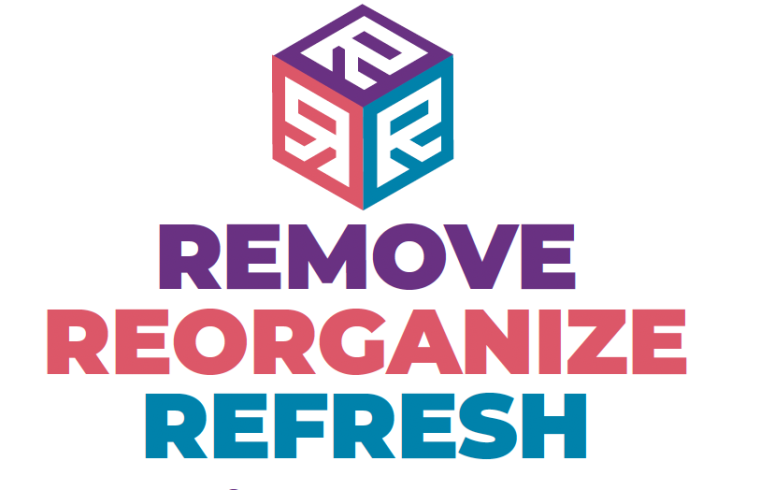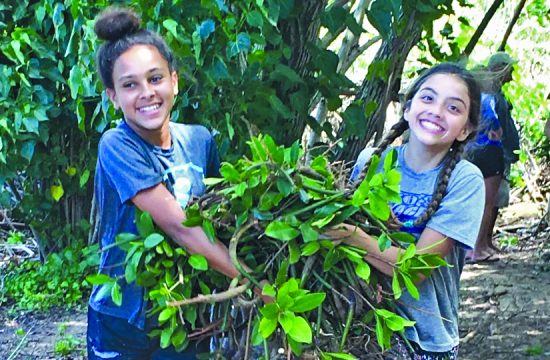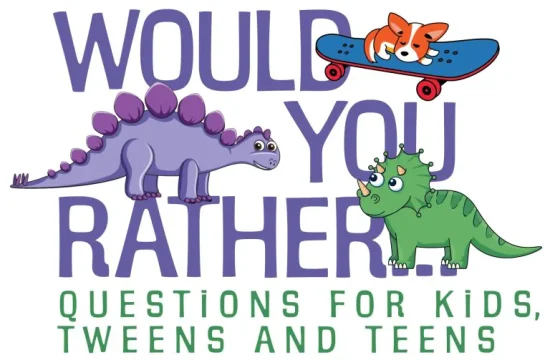Remove, Reorganize, Refresh
The Simple Way to Keep Your Kids Stuff from Taking Over
BY REBECCA HASTINGS
How is it that such tiny humans can have so much stuff? From clothes in a host of sizes to toys that fill buckets, bins, and closets, it can feel like your kids’ stuff is starting to take over your house. With so much stuff, it is no surprise that kids’ rooms can get pretty messy, even if your child is great about putting things away.
The reality is, your kids are constantly changing. Whether it’s a growth spurt that requires a new size of clothing or a change in interest that deems last season’s hot toy uninteresting, the changes kids go through carry over into their belongings. This can leave parents with clothing in multiple sizes, toys in varied stages of play, and all the other things kids need like bedding, décor, and school things. No matter how much stuff your kids have, it is possible to get a handle on it so it doesn’t take over. The trick is to think about the three R’s.
What Are the Three R’s?
With three kids I felt like my modest ranch-style home was being overrun with stuff. Whether you have one kid or ten, kid’s stuff has a way of multiplying and overtaking even the most organized home. That’s why the three R’s come in handy. They create a simple way to remember how to keep things under control.
Start with REMOVE
Most of the time parents focus on keeping things tidy. This makes sense on a daily or weekly basis. Put the books on the bookshelf, get the toys in the bin, and hopefully get the laundry put away. These are great goals. But how do you handle all the things that keep coming into the space? To keep things in check, you must be willing to remove items.
Removing items has a few different parts. Each one is important and has a place in keeping kids’ belongings under control.
- Remove clothing, toys, and other items they have outgrown. This could be clothing that no longer fits, toys that are too young for them or they no longer have an interest in, and random other items like décor that no longer matches their stage. Some examples include:
- Clothing that is too small. If you are saving things for a younger sibling, take the time to sort the clothing, keeping only what is worth keeping, storing, and labeling it for easy access later.
- Toys that are too young for them. This one can be tricky, but you can often look at your child’s toys and see what this means. If a toy is developmentally young for them AND they no longer have interest in it, it is a good sign to get rid of the item. If you are not sure, gather the items in a box and put it somewhere they can’t see it. If they don’t ask for any of the items for a month, it’s a good sign you can get rid of them without any guilt.
- Other items you may need to get rid of include bedding that is too small for their bed and old nursery or bedroom décor that is no longer age-appropriate. Books are one exception to this, as children will often go back to books that seem too young because they are favorites. You can get rid of books, but do so thoughtfully.
- Remove anything that your child no longer needs or uses. The more thorough you can be the better.
- Remove anything that is broken, stained, or in need of repair (that you won’t actually repair). Be honest. It may feel hard at the moment, but you don’t need useless items taking up space in your home.
Next, it’s time to REORGANIZE
Going through everything may feel exhausting, but once you’ve done that, you can begin to reorganize what’s left. Many people make the mistake of starting with organization, only to discover they are spinning their wheels organizing things they don’t even need. Remember, the goal is to keep your kids’ belongings from overtaking your home (and your sanity!)
It is tempting to go online and find the best organizing solutions, but start with what you have. You can always fill in the gaps later. Consider using storage solutions around the house such as bins, baskets, or shelves to keep things tidy. Then make a list of what you still need. Always organize before you buy new storage solutions.
Finally, give everything a REFRESH
Now that you have all the belongings in order, everything could use a bit of a refresh. Consider doing this in kids’ rooms, playrooms, and family rooms. Follow these steps to make the process easy and distraction free:
- Dust and wipe. Start by dusting all surfaces, including shelves, furniture, and electronic devices. Wipe down surfaces with a damp cloth or foam sponge like a Magic Eraser to remove accumulated dirt or grime.
- Vacuum or sweep. Next, clean the floors thoroughly. Vacuum carpets and rugs, and sweep or mop hard floors. Be sure to get corners, around heat sources, and under furniture. Deep-cleaning carpets or area rugs with a service or a carpet cleaner is also helpful.
- Wash bedding. Launder all bedding, including sheets, pillowcases, and blankets. This can contribute to a fresh and clean atmosphere in your room. Replace worn pillows or sheets. If pillows are yellowed wash them as directed or replace them.
- Clean windows. Clean all windows inside and out. This will allow more natural light to enter and brighten up the space. Don’t just clean the glass. Be sure to clean the sills, tracks, trim, and screens so things are fresh and clean. Also, wipe down blinds or shades to remove any dust or dirt and make sure they are in working order. Remove curtains and wash as directed.
- Check and rotate mattress. Rotate or flip your mattress. This helps to maintain its shape and and comfort over time and improves longevity. Follow directions for your specific mattress as some types do not get flipped. Check to see if the mattress needs replacement. A quality mattress is important for sleep and overall wellness, even for kids.
- Evaluate and rearrange. Now that you’re done, take a moment to evaluate the layout of the room. Is everything working well? Do you notice any gaps or things that are not functional? Consider rearranging furniture or creating zones for a new look and improved functionality.








